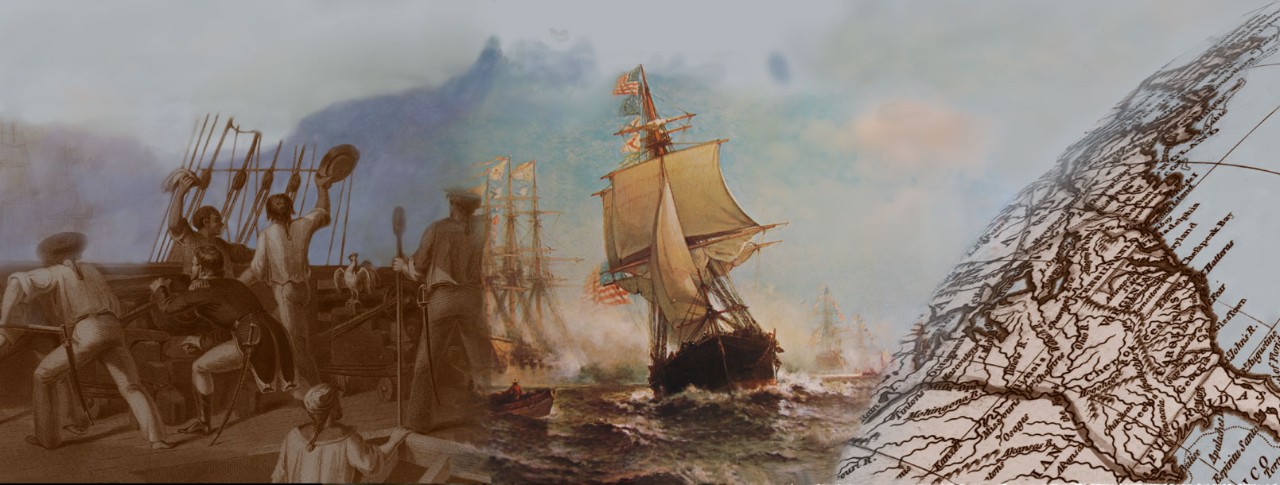
Cooke, Charles M., Jr.
Charles M. Cooke, Jr. was born in Fort Smith, Arkansas, on 19 December 1886. In 1906, after receiving a degree from the University of Arkansas, he entered the U.S. Naval Academy, graduating second in the Class of 1910. Between then and 1913, during which time he was commissioned Ensign, Cooke served in the battleships Connecticut, Maine and Alabama. He then received submarine instruction and, as a Lieutenant(Junior Grade), took command of the submarine E-2. In 1916-1918, he was assigned to shipyard inspection duty at Quincy, Massachusetts. Promoted to Lieutenant in June 1917 and receiving a wartime temporary promotion to Lieutenant Commander in July 1918, he supervised the outfitting of the submarine R-2 and became her Commanding Officer when she was commissioned in January 1919.
In 1919-1920, Lieutenant Commander Cooke repeated the process for the larger submarine S-5, distinguishing himself when she accidently sank on 1 September 1920. During the remainder of the decade, he was Executive Officer of the submarine tender Rainbow, had shore duty at the Cavite and Mare Island Navy Yards, was Gunnery Officer of the battleship Idaho and served at the Navy Department. During 1931-1933, Commander Cooke commanded a submarine division, attended the Naval War College Senior Course, was Commandant of the Naval Station at Guantanamo Bay, had further Navy Department duty and was War Plans and Logistics Officer with the U.S. Fleet staff.
Promoted to Captain in June 1938, Cooke soon returned to Washington, D.C., for duty with the Chief of Naval Operations' war plans staff. He took command of the battleship Pennsylvania in February 1941, saw her through the 7 December 1941 Japanese attack on Pearl Harbor that opened the Pacific War, and remained with her into 1942. Now a Rear Admiral, Cooke became the principal planning officer for Admiral Ernest J. King, who was both Commander in Chief of the U.S. Fleet and Chief of Naval Operations. He played a vital role on King's staff until after the end World War II, finishing as Deputy Chief of Naval Operations (Operations) with the rank of Vice Admiral. Between the end of 1945 and early 1948, as an Admiral, he commanded the Seventh Fleet and Naval Forces, Western Pacific. Admiral Charles M. Cooke, Jr., retired at the beginning of May 1948 and subsequently made his home in Sonoma County, California, where he died on 24 December 1970.
This page features all the views we have concerning Admiral Charles M. Cooke, Jr., USN.


